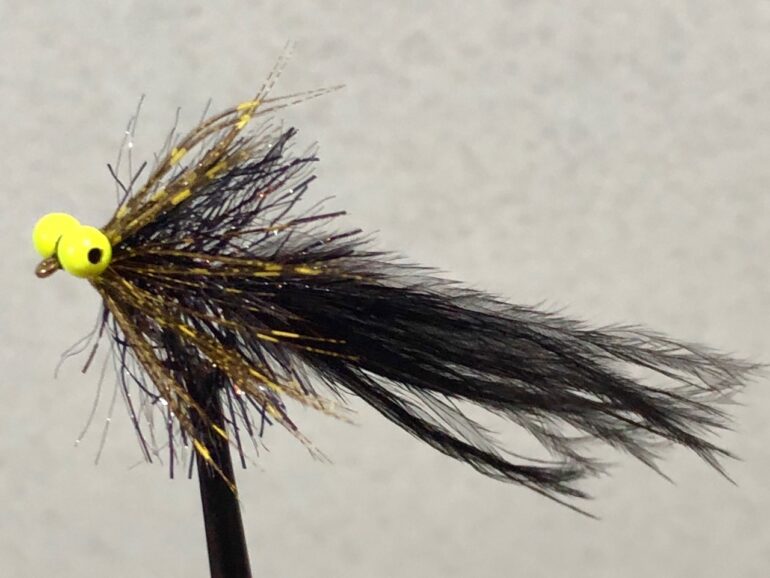
November A Fly to Tie and Try by Les Lockey
Apologies for the lateness of this our last of the series from Les Lockey on a Fly to Tie and Try this month. A big thanks to Les for all his hard work in putting these blogs together for our readers. We are sure they have been useful for many of you out there and hope you have enjoyed having a go at tying them.
Fly of the Month – November
The Black Marty
Hook: Kamasan B175, heavyweight wet fly hook, size 10.
Thread: Black Semperfli Nanosilk, 50D, or any black thread.
Eyes: Pair of Fluorescent chartreuse metal bead chain, medium.
Tail: Black marabou, tied long and sparse.
Body: Black Krystal Hackle, medium.
Hackle: Guinea fowl hackle, dyed yellow.
TYING
Photo 1. Secure the hook in the vice and wind on a short bed of thread behind the eye. Remove the waste thread and return the thread to just before the eye.
Photo 2. Secure a pair of bead chain eyes squarely on top of the shank using tight figure of eight thread wraps and run the thread in touching turns down to the barb. Fix the eyes securely in place with a drop of superglue over the thread wraps.
Photo 3. Take a long, but not too thick bunch of marabou fibres, strip away the fluffy fibres from the base to expose the fine stems and tie them in. Bind down the basal ends with thread to form a slim underbody and return the thread to the barb.
Photo 4. Tie in a length of Krystal Hackle and bind down any stray fibres as you bring the thread up the shank to a point just short of the bead chain eyes.
Photo 5. Wind the Krystal Hackle along the shank in touching turns to just before the bead chain eyes and secure it with several turns of thread. Cut off any excess Krystal Hackle and tidy the area with thread, ready for the guinea fowl hackle.
Photo 6. Take hold of a medium – sized guinea fowl hackle by its tip and stroke all the remaining fibres backwards. With the good side of the hackle facing you, tie in the feather tip securely behind the bead chain eyes and remove any excess tip.
Photo 7. Wind on two or three turns of hackle, stroking back the fibres after each turn. Secure with thread as close to the eyes as possible and cut off the excess hackle. Bring the thread in front of the eyes, whip finish, remove the thread and varnish the head to complete the fly.
Photo 8. The finished fly.
Tying Tips
- Always use heavy wire hooks for metal bead chain eyes.
- The bead chain eyes should be tied squarely and securely onto the hook shank before adding any glue. This is best achieved by alternating tight figure of eight thread wraps around and between the eyes, with further wraps immediately in front and behind the bead chain which helps to stop the eyes from twisting. To check the eyes are tied square, secure the thread with a couple of half hitches behind the bead chain, remove the hook from the vice and place it upside down on the bench. If the hook does not sit at 90 degrees to the bench, gently hold the bead chain and twist the hook until it sits square. The hook can then be returned to the vice and a small drop of superglue added to the thread wraps to lock everything in place.
- I like to tie the bead chain eyes in batches, as this gives the superglue plenty of time to dry and avoids any possible contamination of the dressing.
- When using marabou for tails and wings, I strip away about a centimetre of the fluffy fibres from the base of the bunch to expose the fine stems, which are then tied in and bound down. This greatly reduces bulk in the underbody and when tied as a wing, produces much neater heads.
- For maximum movement, the marabou tail should be kept long, but sparse.
- An all white version with a fluorescent green guinea fowl hackle is a good alternative to a Cat’s Whisker and is well worth having in your box.
Fishing notes
- The idea behind this cold water pattern was to produce an early or late season lure that had as much movement as possible, even when fished slowly. To that end, the body material is highly mobile Krystal Hackle, while the chartreuse bead chain eyes not only add weight producing that seductive undulating motion, but they also introduce a visual trigger point, and maintain the ever effective black and green colour combination.
- This pattern can be used on any density of line from a floater to an ultra fast sinker, depending on conditions and fish location, but on Coldingham Loch it works best for me fished as a single fly, on a floating or intermediate line and fished as slowly as possible. However, there are times when it is readily taken “on the drop” so give the fly plenty of time to sink. I remember one occasion in Swing Gate Bay, where we had just dropped anchor in about 15 feet of water. I slipped the Black Marty from its keeper ring and flicked it over the side of the boat, as I began to pull line from my reel in readiness to make my first cast of the day. It took me some time to realise, that as fast as I pulled line from my reel, it was just as quickly disappearing towards the other end of the loch with a good fish firmly attached to other the end of my line. Eventually I regained control and brought the fish to the net, while my boat partner was in total denial. He simply could not believe it was possible to catch a fish without ever making a cast! However, the lesson was quickly learned as a further 12 fish intercepted the Black Marty on its journey to the bed of the loch just a rod length from the boat.
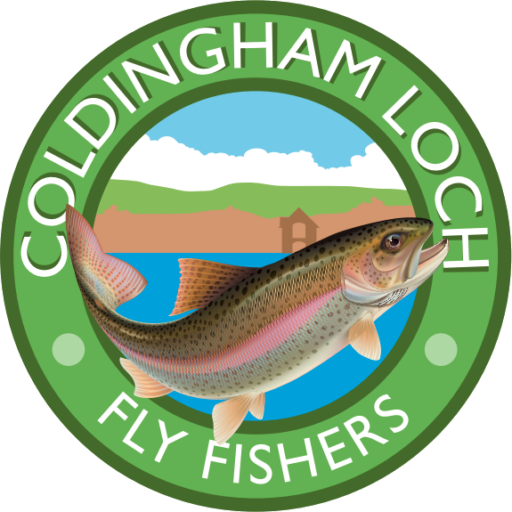

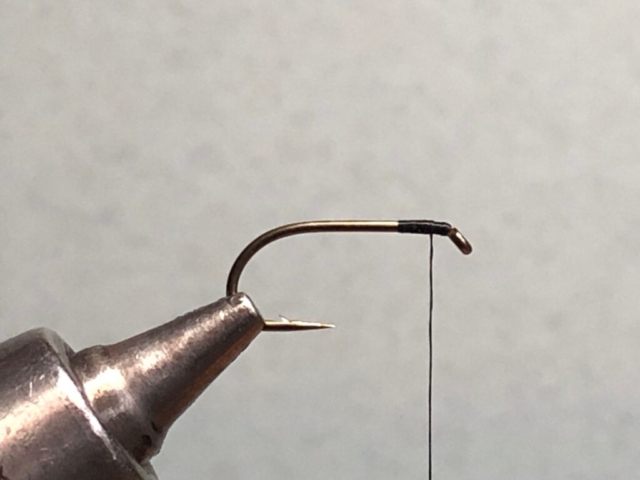
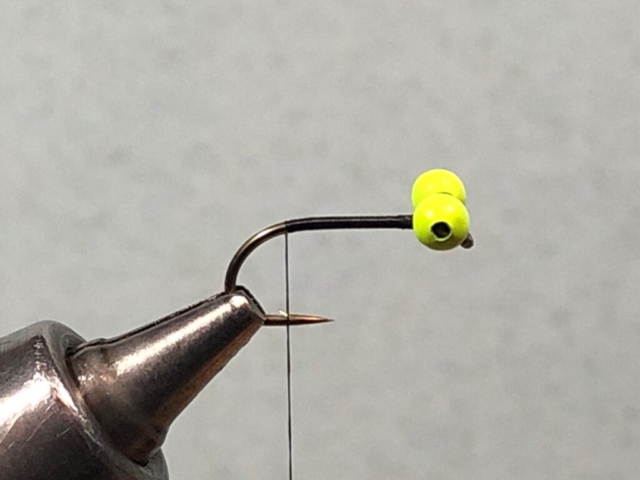



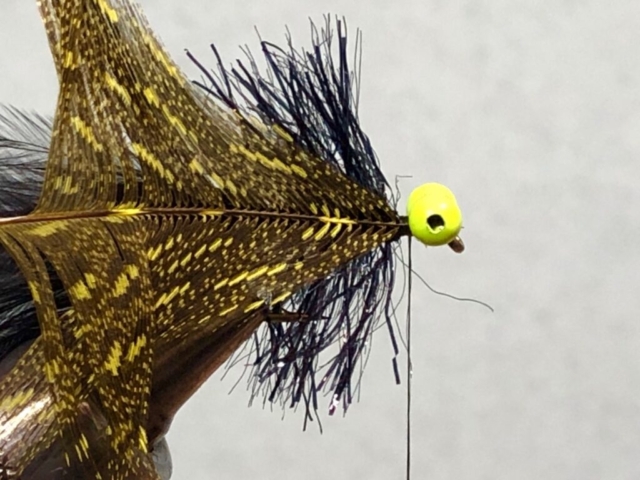



Recent Comments